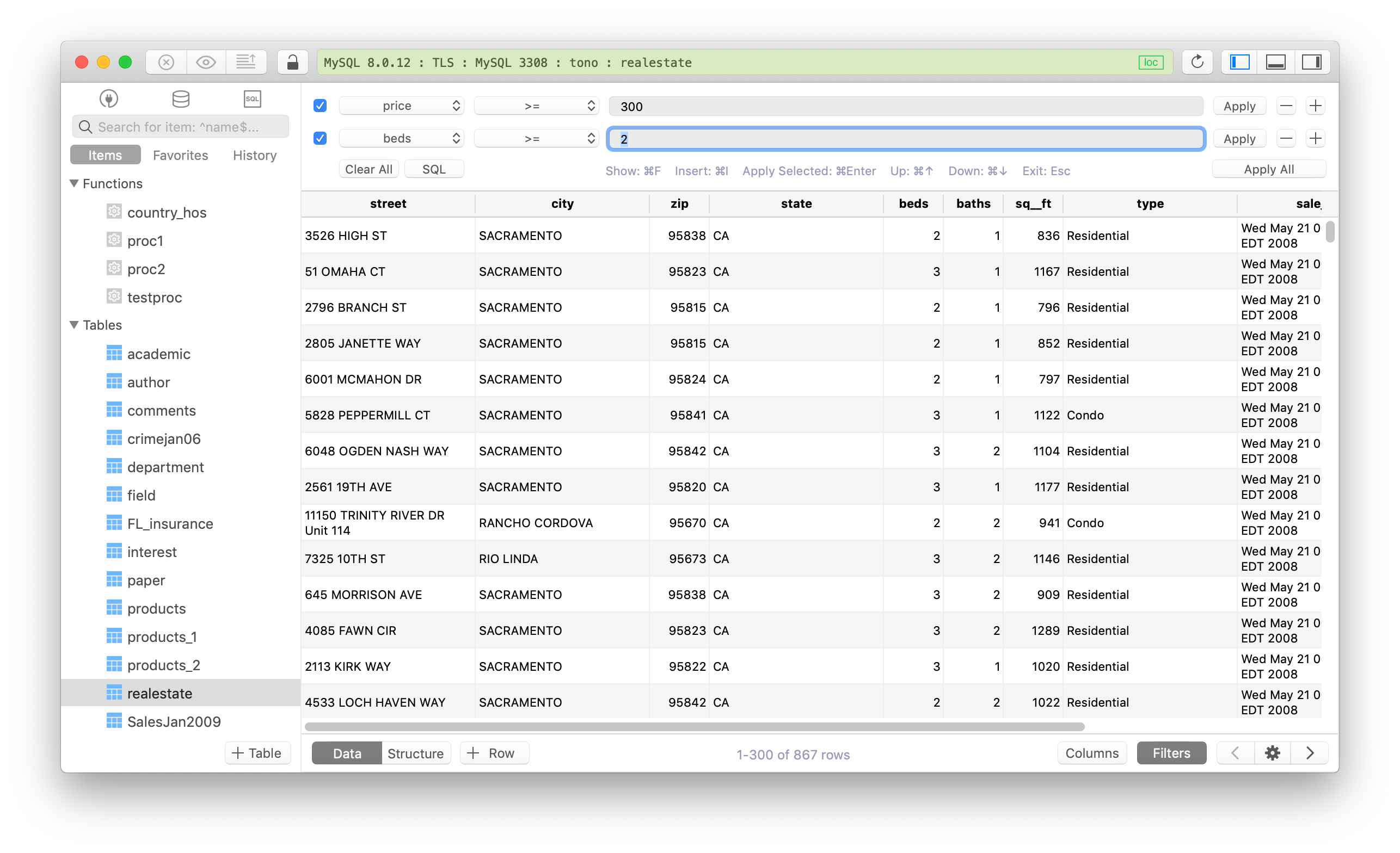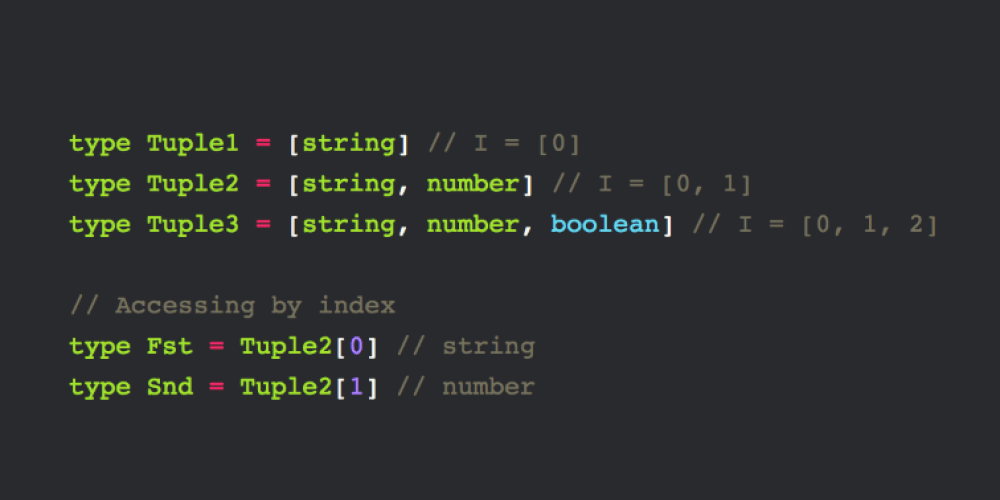

So a cell array reference is a repeating reference in 1 or 2 dimensions with a constant spacing.

Next to simple references arrays of references exist. This method is called hierarchical design. This reduced the storage space and makes it easier to handle it. So repeating structure need only be created once and then referred multi times. In this case, at the position of the reference, all shapes of the referred cell are displayed. A cell can also contain references to another cell. In case of a negative width the text will be displayed in a zoom independend width in pixel.Īny shape belongs to a cell. The LayoutEditor will detect these points and remove them if enabled in the setup ( shapes/general/polygon checks)Ī text element with a width and alignment. These unneeded points can be a result of a prior operation. The two examples will be converted like this:Įven simple polygons can have points that have no effect. If enabled in the setup ( shapes/general/polygon checks), it automatically detects self-intersecting polygons and converts them to non-problematic polygons. The two examples show that it is important to avoid self-intersecting polygons. Different software will handle it differently or even are not able to handle it. It is not clearly defined if this area is part of the polygon or not. In this polygon, there is an area that is surrounded twice. The next example is a little more complex. Also, it is not possible to sort the points in counterclockwise order. But if you try to adjust the size of this polygon by moving the existing points, you cannot reach the expected shape. In this example, it is still clear what is inside and outside the polygon. To keep polygon processing simple it is recommended that all links between the outer contour and an inner contour are vertical or horizontal.Īlready with a five-point polygon, you may get trouble. In this way, a polygon keeps still a single sequence of vectors. To define a hole inside a polygon a link will be added from the outer contour to the inner hole contour. Furthermore, the LayoutEditor will sort the points automatically in counterclockwise order.Ī polygon is a sequence of vectors describing the outer contour. This is strongly required for some algorithms like the size adjust. In this case inside and outside of the polygon is clearly declared. So a rectangular polygon consists of 5 coordinates with the last one identical with the first one. This means, that every shape is saved as a sequence of vectors. The LayoutEditor is like other CAD programs a vector program. In the LayoutEditor as well as in the GDSII file format four kinds of shapes exists:Ī multi segment line, having a width and a setting for its caps. Loading of such a file will change both: userunits and database units. Some file formats include this setting and also include the database units. It is specific to a design (and not a global setting). Userunits is the unit used to display any coordinate, length, dimensions, etc. If you change the database units within the setup dialog, you can select whether the elements are adopted (=same absolute dimensions) or not modified (=same integer value=scaled by the change of database units). All coordinates can only be a multiply of the database unit. The database unit is the distance represented by 1 and therefore the smallest possible distance in the design. Show All Layers (shortcut: 4):ĭatabase Units and Userunits DatabaseunitsĪll coordinates of any design are saved as an integer. The layer shortcuts had to be set up prior. The key pressed after activation of this function will determine the visibility. The visibility of layers is changed via the layer shortcut. The key pressed after activation of this function will determine the active layer. After pressing the first shortcut the layer shortcuts will be displayed in the layer list. It is possible to reuse an existing shortcut for the layer-shortcut. The shortcuts of the layer can be set via Layer Properties, Layer Manager or the command line. With the following key(s) the layer is selected. With the first key, the function is activated. Some additional features like loading the setting from other formats or generating a macro with the current layer setting will be displayed after pressing the little + in the lower left of the dialog.įast access to setup the layers is using shortcuts. Is a dialog with all settings for all layers. Some optional settings will be displayed after pressing the little + in the lower left of the dialog. In the dialog, all settings of a single layer can be adjusted. It can be opened with a control+shift left mouse click from the layer dock window. Shapes on different layers are displayed differently. Each shape of a design belongs to a layer.


 0 kommentar(er)
0 kommentar(er)
